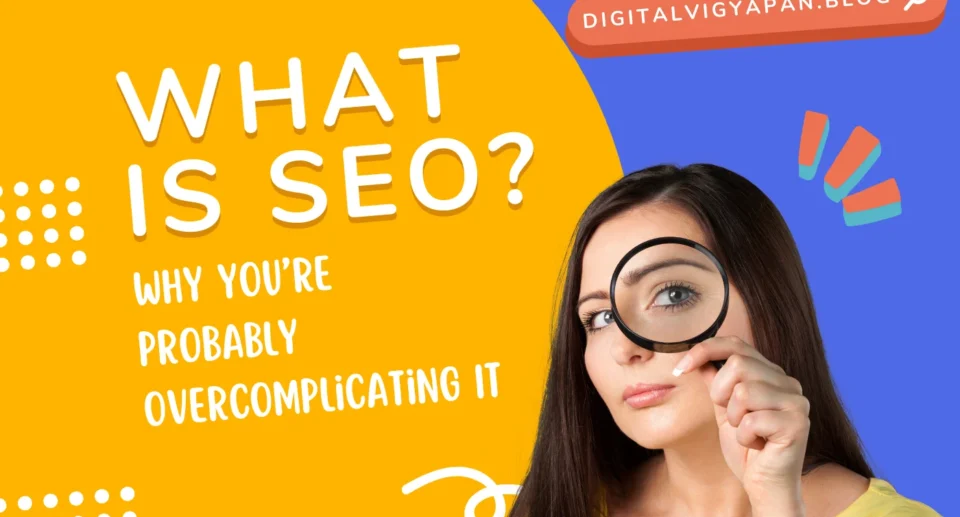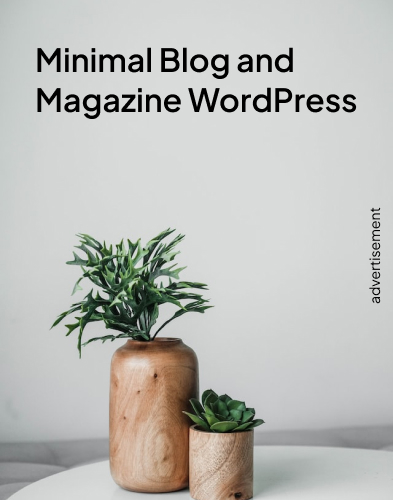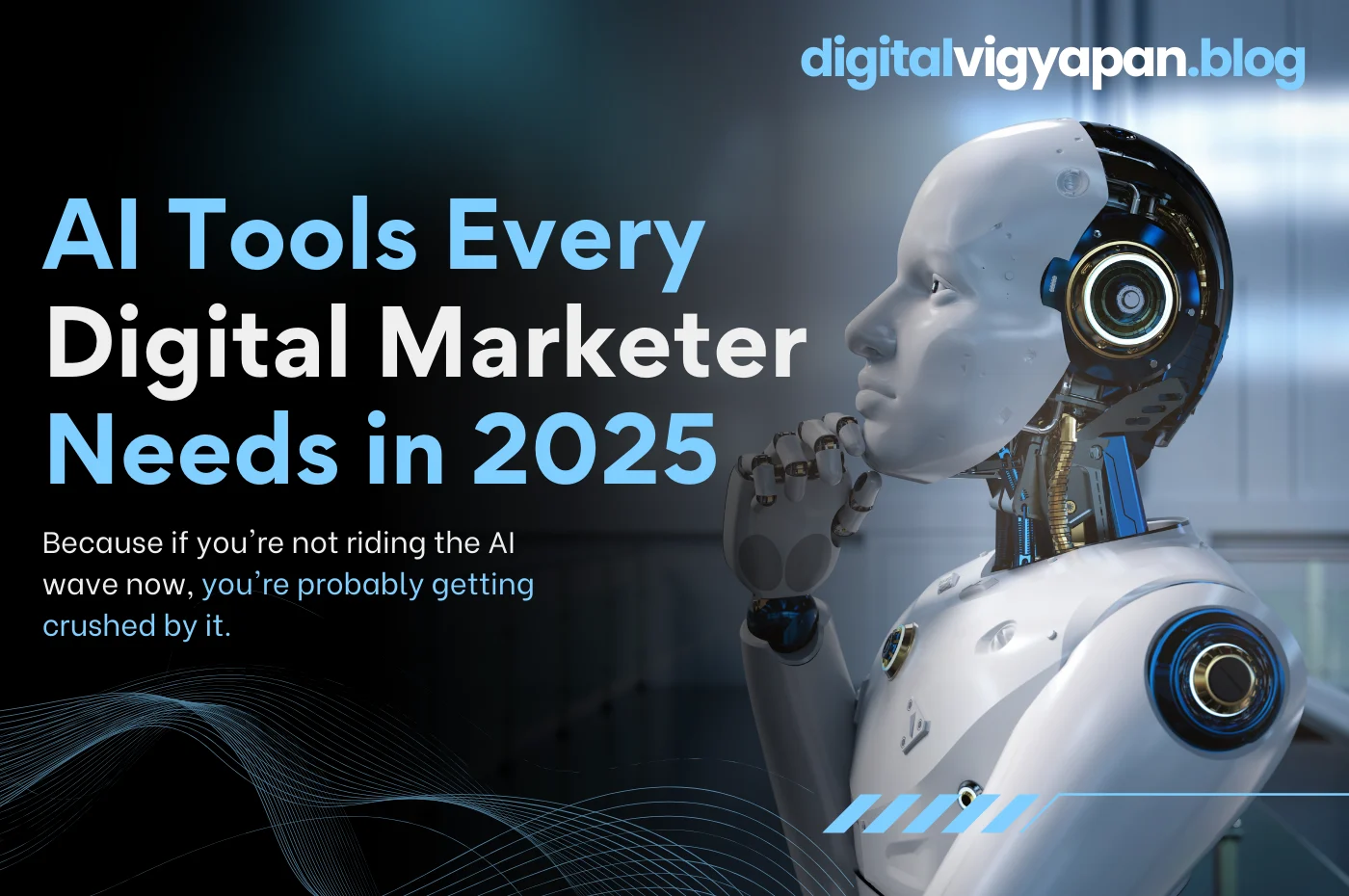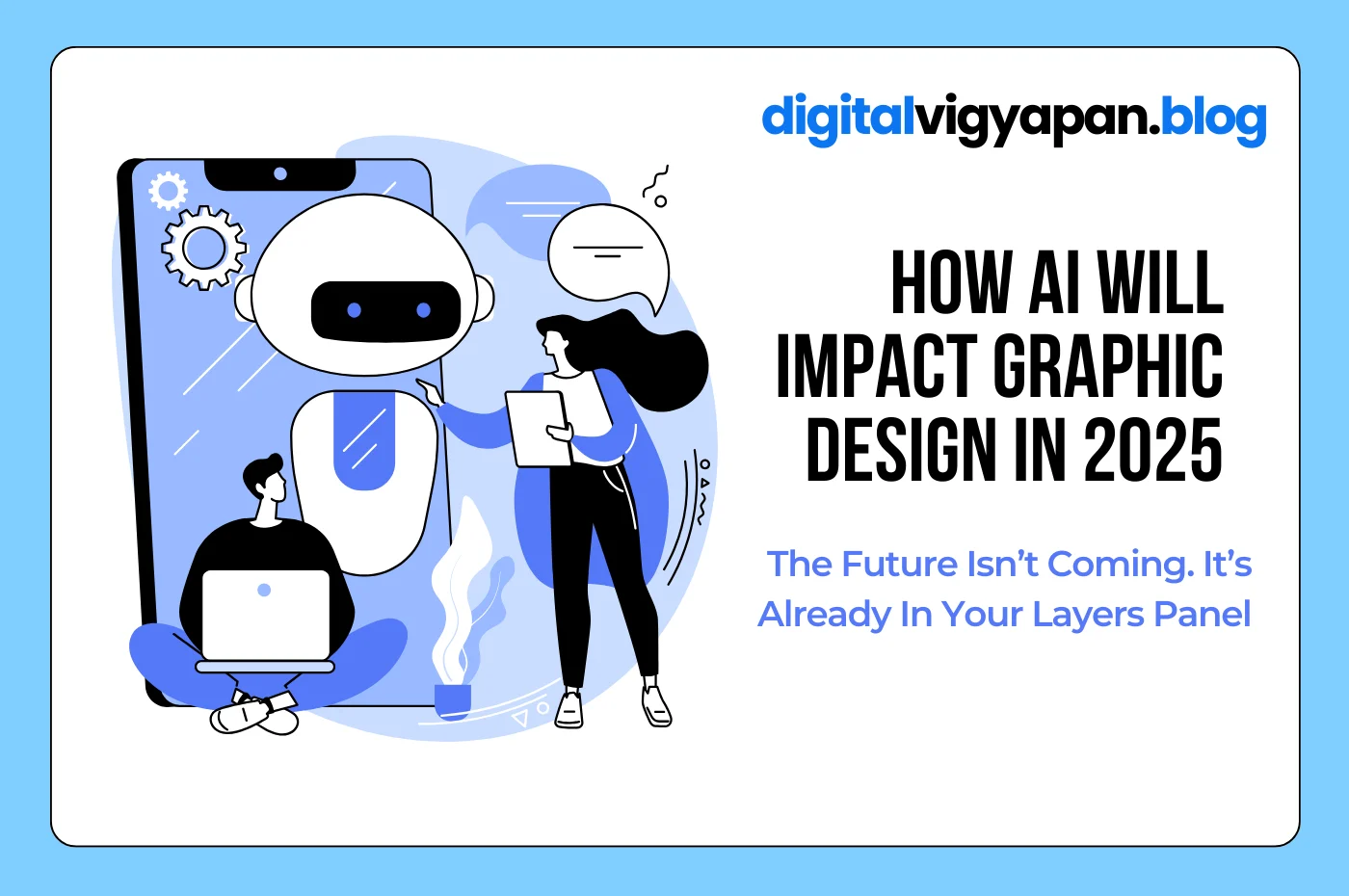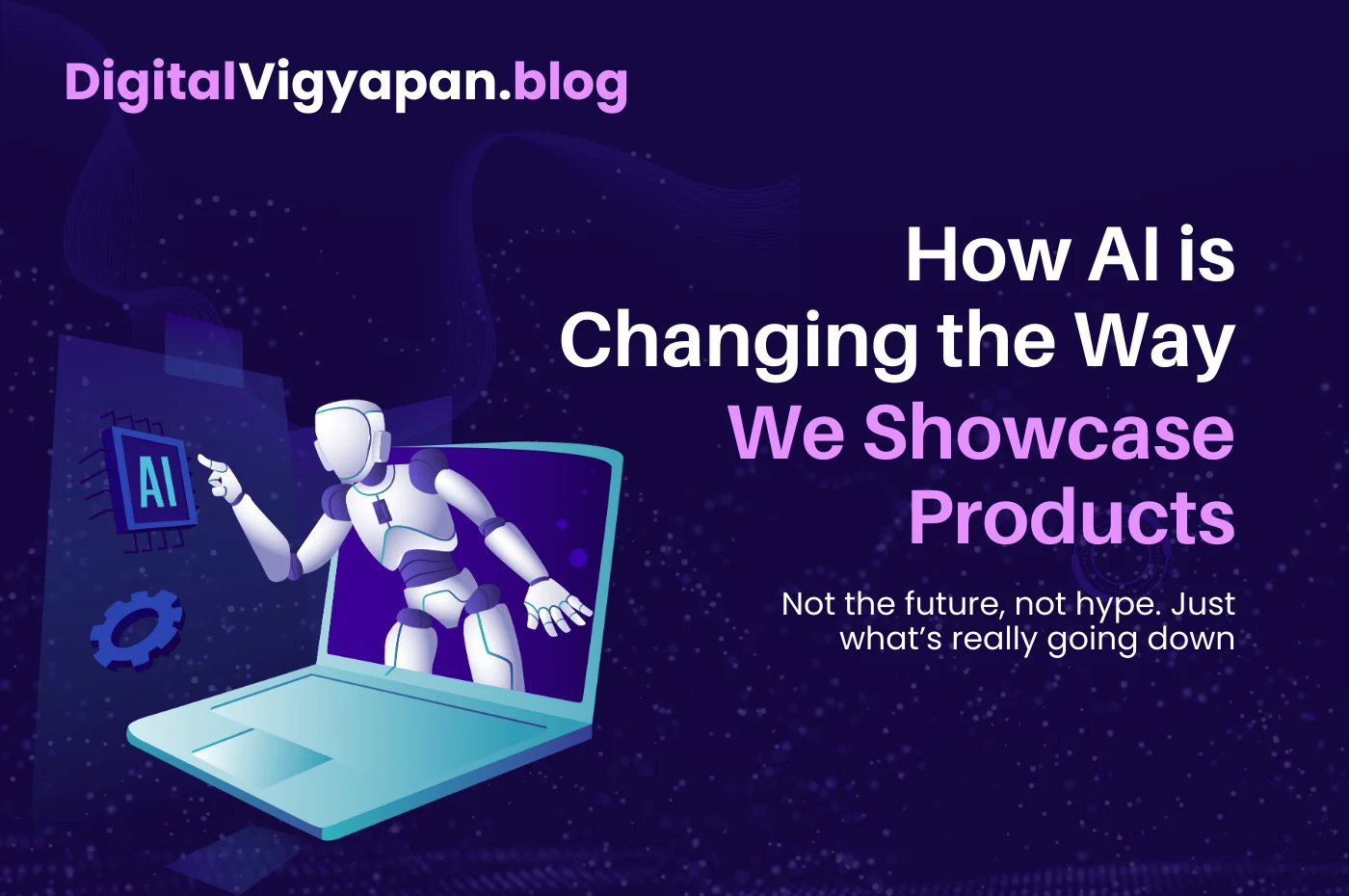AI-Generated Images Are Going Viral — Here’s What Marketers Should Know
Jay Pathak
- May 9, 2025
- 5 Min Read
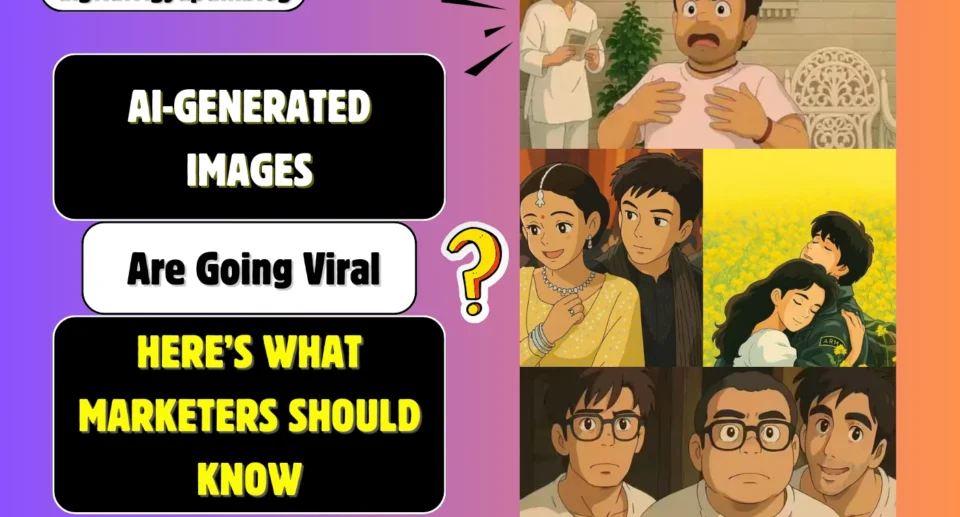
If you’ve been on the internet recently, you’ve probably seen something so visually wild, surreal, or stunning that your first thought was, “Who shot this?”
And your second? “Wait… this was made by AI?”
Welcome to the era of AI-generated visuals — where brands are building campaign-ready images with nothing more than a prompt and a vision. From hyper-real product mockups to mind-bending editorial scenes, AI image tools like Midjourney, DALL·E, and Runway are changing the way marketers think about content creation.
But this isn’t just a trend for digital artists and tech nerds. If you work in marketing — especially content, creative, or social — this shift is landing right in your lap.
Here’s what you need to know.
The Image Game Just Changed — Again
Let’s be honest. Visual content has always been a pain point. Either it’s expensive (photographers, sets, retouching), time-consuming (shoot planning, edits, approvals), or worst of all — boring.
Stock photos? We’ve squeezed every drop out of those.
Now, AI steps in with something new: speed, scale, and surprise.
You want a luxury sneaker floating above a desert at sunset with surreal lighting? Cool.
Need 30 ad variations for different personas in less than a day? No problem.
Want to test a product idea before you’ve manufactured it? Yep — AI’s got your back.
Why These Images Are Catching Fire Online
First, AI-generated images break the mold. They’re weird, bold, dreamlike, and scroll-stopping. On visual platforms like Instagram and LinkedIn, they feel different — and that’s gold.
Second, they remove creative limits. Small team? No designer on-call? Budget for visuals? Doesn’t matter. A single marketer can generate something compelling without touching Photoshop.
Third — and this is big — they’re fun to make. It turns creative work into play. You prompt, tweak, remix, and discover ideas as you go. It brings back the curiosity we lost somewhere between too many deadlines and too few assets.
So What’s Actually Useful for Marketers?
Let’s get specific. Here’s how marketers are already using AI-generated visuals right now:
- Ad Creatives: AI tools can generate different visual directions for the same product — lifestyle vs. abstract, minimal vs. bold — perfect for A/B testing.
- Content Filler (but better): Instead of dropping a stock photo into a blog post or newsletter, marketers are using AI to create custom on-brand headers and illustrations.
- Ecommerce & Pre-launch Mockups: No need to wait for product samples. You can mock up products in lifestyle settings or even create lookbooks with visuals that don’t exist… yet.
- Moodboards for Clients/Stakeholders: Instead of Pinterest surfing for hours, type in your concept and let AI give you a quick visual proof of concept.
Okay, but Is It All Just Hype?
Here’s the real talk: AI images are only as good as the person using them.
If you don’t know what you want visually, if you don’t have taste, or if you’re not thinking strategically — you’ll get junk. It’s the same way Canva didn’t make everyone a designer, and ChatGPT doesn’t make everyone a copywriter.
The creative direction still matters. AI gives you tools. You still need to know what to build.
Also, yes — legal and ethical concerns are still real. Can you use an AI-generated image for commercial purposes? Depends on the tool and license. Could you accidentally recreate something too similar to copyrighted work? Possibly. And don’t even get us started on deepfakes or using AI faces without disclosure.
A Few Rules for Using AI Images in Your Marketing
- Use AI for speed, not for shortcuts. Don’t ditch your brand’s visual identity just because a style looks cool. Use AI to create faster, not lazier.
- Treat AI like an intern, not an expert. Give clear direction. Refine the outputs. Guide the tone and vibe.
- Don’t post and ghost. Look closely at what you’re generating. Sometimes the hands are off, eyes are mismatched, or reflections look strange. Fix those.
- If you’re in a sensitive space (healthcare, news, politics) — consider disclosing when something is AI-generated. Transparency builds trust.
The Bottom Line: AI Images Won’t Replace Designers — But They Will Change the Job
Designers won’t disappear. But they will evolve.
Instead of spending hours masking objects or comping fake product shadows, designers can spend more time art directing, fine-tuning details, and building smart creative systems.
Marketers, too, will shift from briefing design teams to briefing machines — and then using human instinct to pick what actually resonates.
AI is the sketchpad. We’re still the hands holding it.
Final Thought
If you’re in marketing and you’re not at least testing AI-generated visuals, you’re falling behind. This isn’t about “robots replacing us.” It’s about learning to collaborate with tools that think differently than we do — and getting faster, braver, and more original because of it.
In a world where the internet is oversaturated and attention spans are shrinking, originality matters more than ever.
AI gives you the chance to create something no one’s seen before — or at least feels that way. And in 2025, that could be your brand’s biggest edge.

